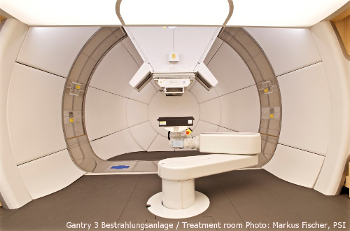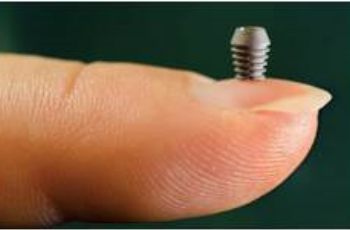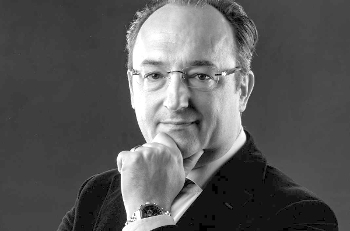Information About the Field of Conservative Orthopedics
What Does Conservative Orthopedic Therapy Do?
Conservative orthopedic treatment is based primarily on the symptoms that a patient complains about, such as knee pain or arthritis. Conservative healing is known as a medical care with the intake of medication or application of movement therapy in order to reduce symptoms without surgery. The most important tasks of conservative (non-operative) therapy are pain relief, promotion of healing processes (e.g. inflammation) after injuries and incisions, improvement and restoration of joint and muscle functions, as well as correction of deformations.
Which Treatment Methods Are Available to Orthopedic Doctors?
There are a variety of conservative treatment options available. Mentioned here are only the most common approaches.
Immobilisation / Fixation
Orthopedic doctors apply the immobilization / fixation process by using braces, tapes, bandages or plaster casts. If a patient suffers from simple and non-shifted fractions, the orthopedist creates a plaster cast for the bone tissue to regenerate by immobilization in order for the fracture not to bend. Uncomplicated torn ligaments and joint cracks can also be sedated with bandages. Orthopedic aid materials serve to relieve or immobilize the affected area. For example, knee or back pain can be alleviated by wearing orthopedic shoes or sole inserts. For other affected parts of the body, orthoses (walking stick, cervical collar, plaster cast) or corsets can be used to relieve the spine.
Physiotherapy
A main area of conservative treatment is physiotherapy (physical therapy / physiatrics). This approach refers to active or passive exercise therapy. Active exercises are guided movements or movements against resistance, for example. Passive activities are moves with a CPM (continuous passive motion) machine. Generally speaking, the physiotherapist carries out a holistic therapy of the body, which is adapted to the patient’s physiological and anatomical conditions. For example, when a patient suffers from knee pain, physiotherapy is applied to train the muscles which in turn relieve the knees when walking.
Physical therapy consists of the application of heat, cold, electric, ultrasound, radiation or hydro therapeutic measures. Heat therapy, for example, helps to relieve muscle tension and pain.
Drug Treatment
Last but not least, there is the possibility of drug therapy. This healing option eliminates or reduces pain. Analgesics (painkillers), anti-inflammatory drugs, and corticosteroids (anti-inflammatory drugs) can be prescribed by orthopedic doctors. In addition, they can inject local anesthesia directly into the joints (intra-articular) almost everywhere on the musculoskeletal system to relieve muscle tension.
On the other hand, antibiotics are given for bacterial infections. In case of osteoarthritis (joint wear), orthopedists prescribe cartilage-protecting substances such as mucopolysaccharides or glucosamine glykane to build up muscle substance or hyaluronic acid.
If a patient is immobilized for a longer period of time or had surgery, orthopedic doctors prescribe substances to avoid the formation of thrombi at the lower extremity. These are blood clots that can develop in the leg when somebody has only little movement.
Which Diseases are Treated by Specialists in Conservative Orthopedics?
The immobilization of a section of the musculoskeletal system is very helpful in case of inflammation. Thus, an inflamed joint can regenerate faster by immobilizing it. Through the correct positioning of body parts, e.g. using a plaster cast, specialists in conservative orthopedics are able to bring joints into the right functional middle position. With the correct positioning, misalignments of joints, shortening or shrinkage (contractures) of ligaments can be avoided.
- Mobilization or redression bandages (Quengelverband) exert a lasting force on affected joints in the direction of its restriction. This allows movement-restricted joints or shortenings to become more mobile again.
- Physiotherapy helps after surgery or as the sole form of therapy for postural damage, cerebral (brain related) movement disorders or paralysis.
- Cold therapy (cryotherapy) helps after surgery and with distorsions (displacements), rheumatic inflammation or bruising (hematoma).
- With ergotherapy, a disturbed function can be relearned, normalized or if a defect persists compensated for.
- Orthoses serve as orthopedic aids to replace functions of the movement system by correcting misalignments or stabilizing loose joints. They are applied with flaccid paralysis, poliovirus-related illness, conditions after traumas (accidents), after surgery, ligament instability, and diabetic arthropathy.
- Prostheses are used to replace missing or amputated limbs.
How Much Is an Orthopedic Therapy in Germany?
For patients from abroad, the cost for an orthopedic doctor in Germany is strictly regulated by the German government (GOÄ Department). German physicians are not entitled to determine their own self-calculated fees for medical services. They are legally obliged to adhere to the official fixed tariff rates for doctors.
In order to calculate the costs for a specific orthopedic therapy in Germany, orthopedists first require detailed information on the specific malady. This data can be transferred to the hospital in form of medical reports, findings or images taken prior to treatment. The orthopedic center then prepares a cost estimate. In most cases, the amount due must be paid ahead of the healing process.
German Sources:
Endspurt Klinik, Thieme Verlag: Orthopädie, Unfallchirurgie
Duale Reihe, Thieme Verlag: Orthopädie und Unfallchirurgie
Rüther und Lohmann, Urban und Fischer: Orthopädie und Unfallchirurgie
Imhoff, Linke, Baumgartner, Thieme Verlag: Checkliste Orthopädie
Medical Articles
Your benefits
If you have found a matching specialist, you can contact him/her directly and upload records if needed. And in case you need treatment, you can…
We will direct your request to the appropriate specialists
We are happy to assist you in choosing a specialist for your needs. The service of PRIMO MEDICO is always free, confidential and discreet for…
The treatment of scoliosis in transition - When is surgery necessary?
Scoliosis is a lateral deviation of the spine. This usually involves torsion of the individual trunk sections as well as a change in the side…
Specialists' Second Opition
Many people suffer from shoulder pain or hip problems. In this case, doctors quickly recommend surgical intervention. But is this really always…
High-tech against cancer: new treatment facility put into operation
At the Paul Scherrer Institute in Switzerland a new state-of-the art treatment facility, the so-called Gantry 3, has been put into operation.
Implants: "The Longer, the Better" Has Had Its Days
Ultra-short implants have a significantly better durability than expected by experts - with lower costs, treatment times, and complications.
Modern Prostheses for Natural Walking
The ankle joint is particularly susceptible to degeneration such as osteoarthritis. It has to bear the greatest weight of all joints in the body.

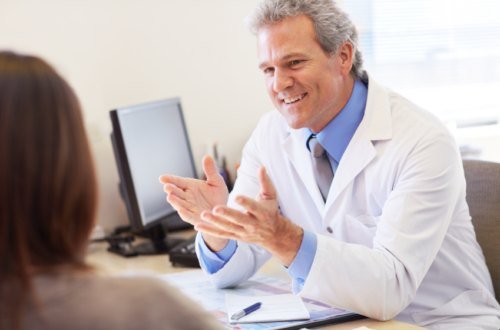
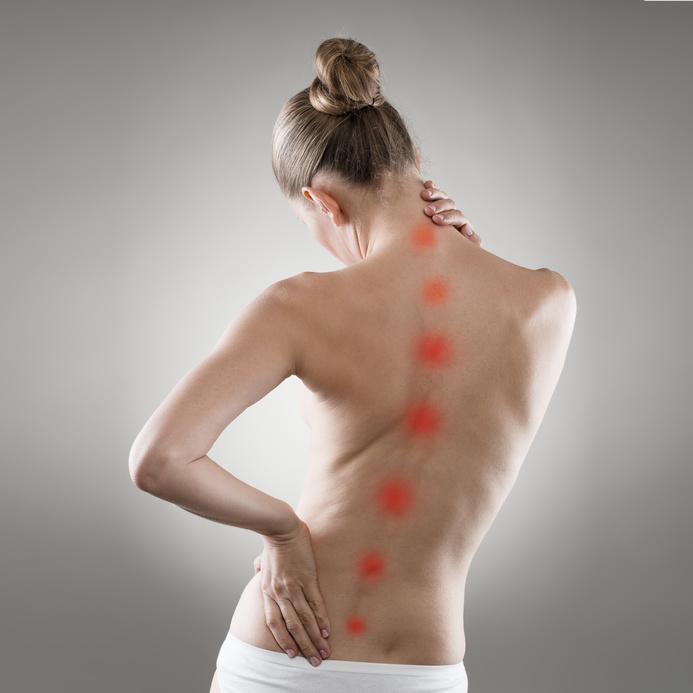
![[Translate to English:] Zweitmeinung von Spezialisten [Translate to English:] Zweitmeinung von Spezialisten](/fileadmin/user_upload/Zweitmeinung-von-Spezialisten_350px.jpeg)
